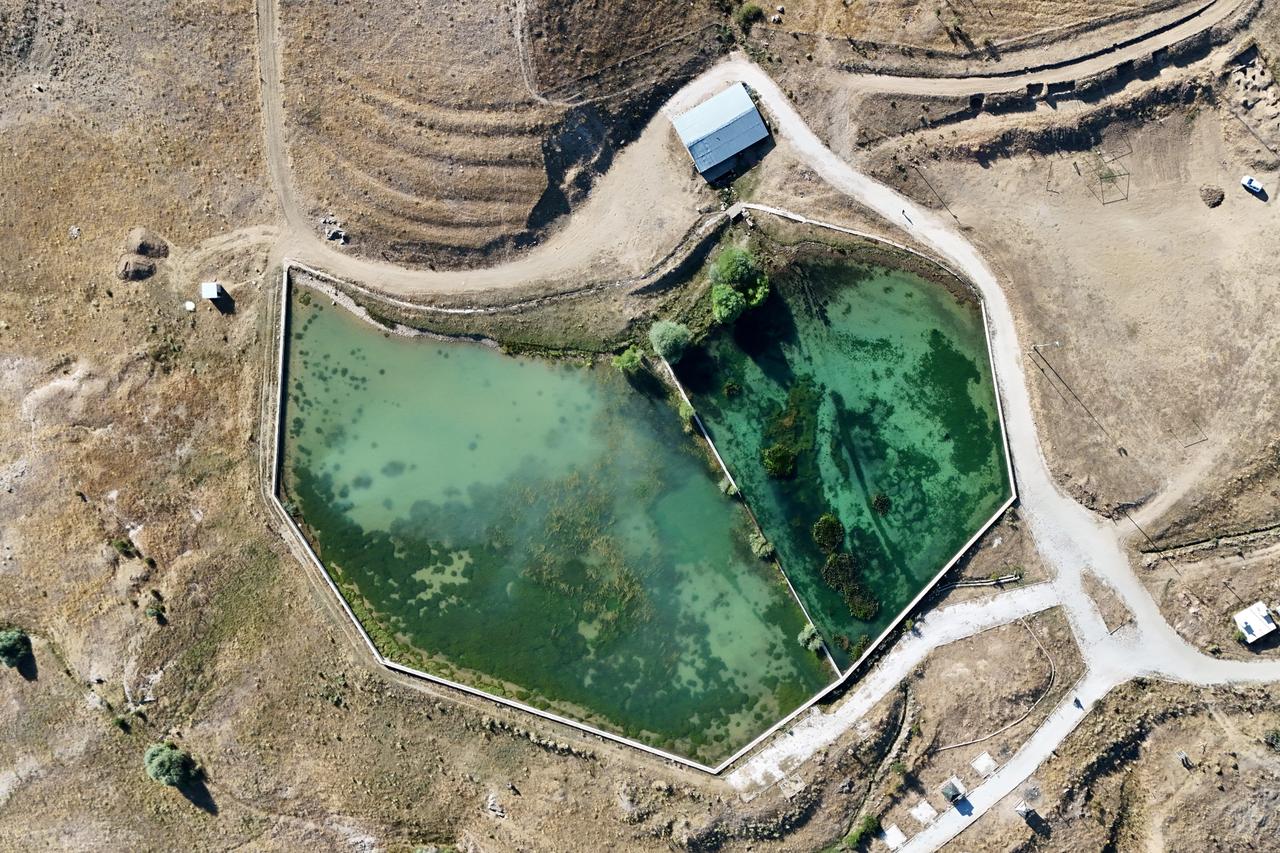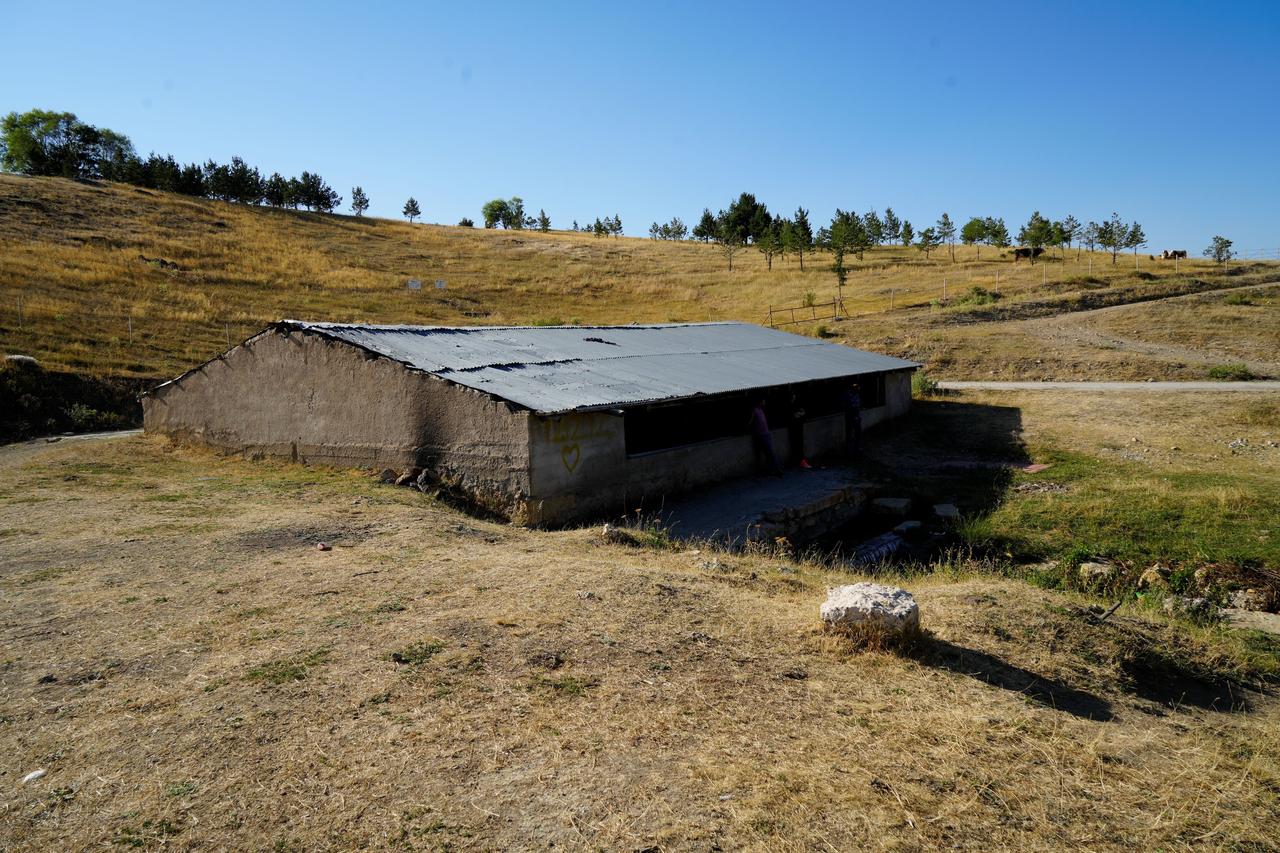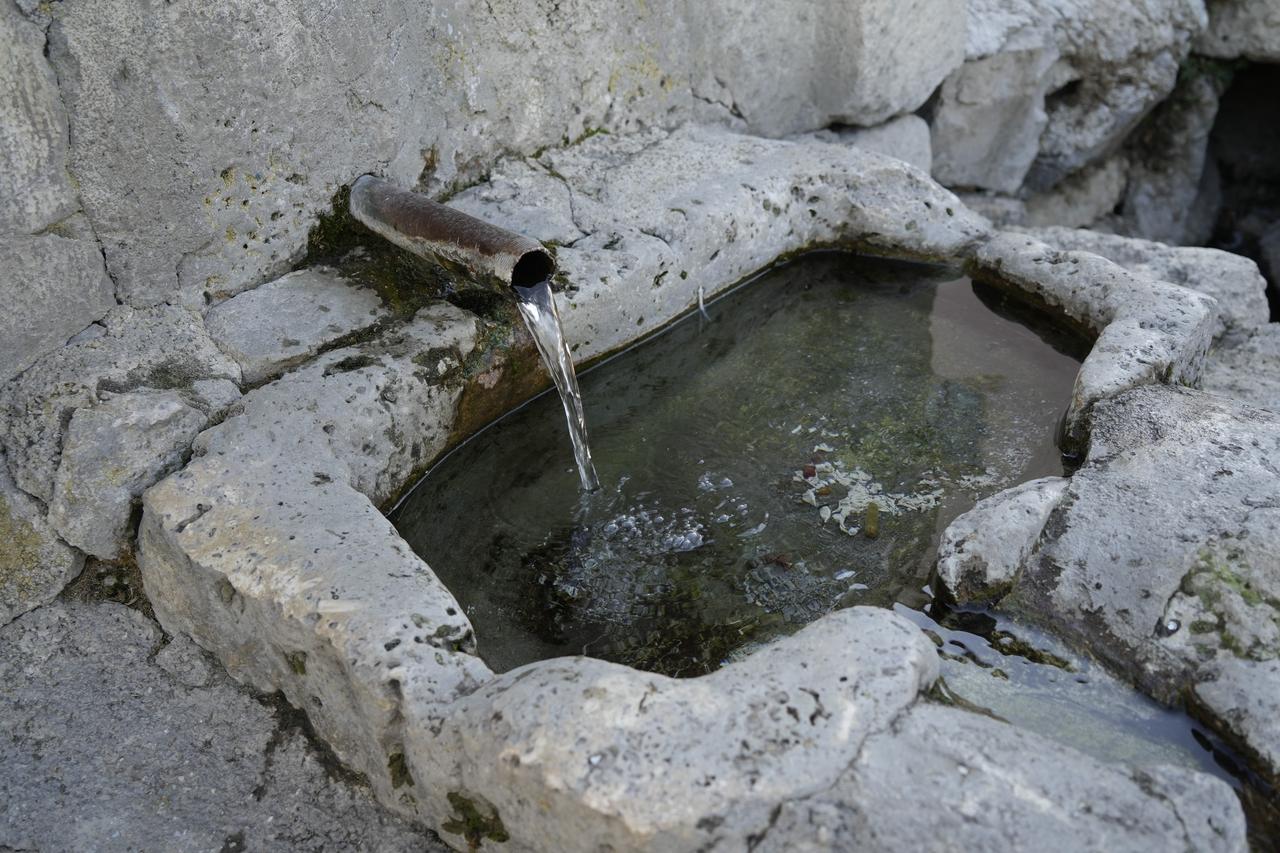
In the village of Sadak, located in Kelkit, Gumushane in northeastern Türkiye, a Roman pool built nearly 2,000 years ago continues to provide drinking and irrigation water to the local community.
The pool, situated within the ancient city of Satala, was originally constructed to serve Roman legionnaires and has been in uninterrupted use ever since.

Archaeologists highlight that Roman pools are rarely encountered in Anatolia and virtually absent in the Black Sea region. Elif Yavuz Cakmur of Karadeniz Technical University explained that the pool is one of the most important yet least known structures of Satala. She emphasized that it has supplied water for both Roman soldiers two millennia ago and Sadak villagers today.
She recalled that villagers covered the pool about 20 years ago with corrugated metal sheets and bricks to prevent algae growth, since it remained the primary water source. A new restoration project, supported by surveys and architectural studies, now aims to replace this makeshift covering with a more aesthetic and functional structure.

The pool’s front section includes a secondary reservoir that also feeds the village’s water supply network. Excess water flows into the fields, supporting local agriculture. Villagers describe the spring, locally known as “Golbasi,” as an invaluable source that sustains both households and gardens.
Sadak resident Sabahattin Nayir said the pool has been at the heart of village life for centuries. He noted that before piped networks were installed, residents fetched water from the pool, washed utensils, and watered animals there. “Our entire water supply comes from this source,” he said, adding that villagers maintain and protect the site to ensure the spring remains intact.

Experts stress that the continuous use of the Roman pool underlines both its engineering quality and cultural value. As one of the rare Roman waterworks still serving its original purpose in Anatolia, and the only known example in the Black Sea region, the Satala pool offers a remarkable link between ancient infrastructure and modern village life.